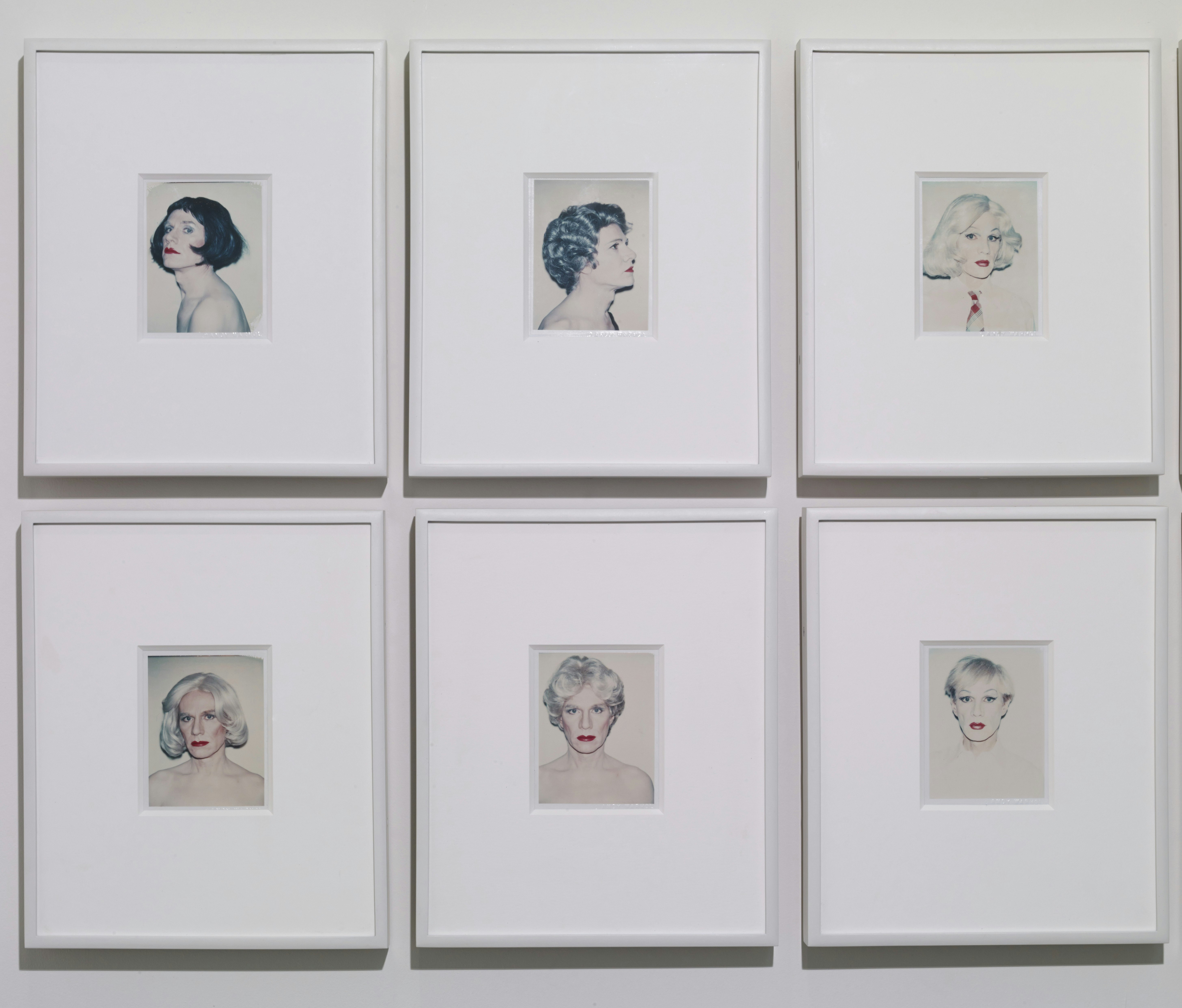Andy Warhol
A key figure in Pop Art, Andy Warhol created a character who, investing in cinema, television screens, gay and underground culture, propelled him to the rank of a social icon.
Initially a fashion illustrator, he turned to painting at the end of the 1950s, taking his subjects from the press, comic strips and advertising. In 1962 he began screen-printing, resulting in his Campbell’s Soup series and portraits of the stars (Marilyn Monroe, Elvis Presley, Elisabeth Taylor), endlessly reproducing the same images. These reflect the collective imagination of consumer society, while other series featuring criminals, accidents, electric chairs or Jackie Kennedy in mourning reveal an idealised America shot through with violence, sex and death. In 1964 Warhol opened The Factory, a studio where he produced his paintings and films, a legendary creative space that attracted artists, poets, actors, muses, musicians and collectors. In 1963 his first self-portraits appeared, as well as his Screen Tests, uninterrupted portrait shots lasting several minutes. Then in the 1970s, and especially the 1980s, came portraits commissioned by celebrities. Made directly in photo booths or using a Polaroid Big Shot, these closely framed portraits show their subjects with a fixed gaze, fragile and "petrified", defining a world that is at once contemporary and timeless.






















